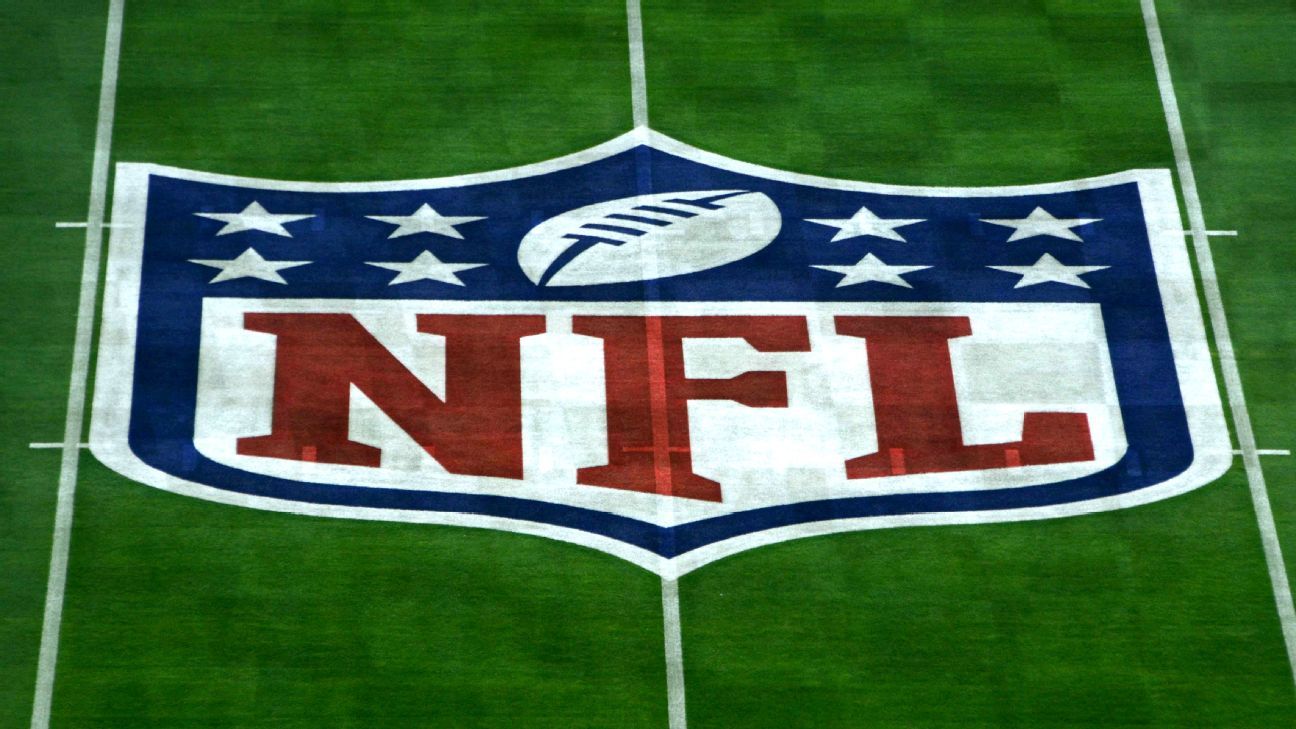NEW YORK — The NFL has embarked on a new initiative to align its player safety rules with the college and high school levels, hoping that the collaboration will help sustain the game and minimize confusion as players advance in the sport.
The process began Tuesday at NFL headquarters, where a group that included league owners, executives, and general managers met with college counterparts, as well as a representative of the NFL Players Association, to set forth the terms of what is estimated to be a two-year process.
“There is a realization that the game needs to be perceived to be, and in fact be, safer,” said Arizona State athletic director Ray Anderson, a former NFL executive. “Or else we are all going to continue to lose youth participation, and therefore the trickle effect will be to lose participation across all levels. I think there is a realization right now across the levels that something needs to be done. I don’t think that anyone who is halfway intelligent would deny that [football] is being questioned at every level.”
The sides agreed on a goal of “synergizing” college and pro-level rules first and then “pushing that down to the high school level together,” said Troy Vincent, the NFL’s executive vice president of football operations. The discussion was focused on safety-related rules, rather than differences in “skill-level” discrepancies such as the number of feet required to be in bounds for a legal catch.
The most obvious topic of conversation was a comparison of the NFL’s use of helmet rule and the NCAA’s targeting rule, which use different requirements and terminology in service of a similar goal: minimizing violent contact between or with helmets.
The NFL wrote the helmet rule last spring using medical and engineering research that pinpointed the most common causes of head injuries: the lowering of heads and linear back postures. NCAA officials did not have access to such research when developing the targeting rule, but they will have it in the future as part of the new collaboration.
The NFL’s experience with its helmet rule solidified the need to teach the same safety rules on all levels, according to competition committee chairman Rich McKay. After absorbing a wave of criticism during the preseason, the NFL decided to enforce the helmet rule this year mostly through warning letters rather than flags. Through eight weeks, there have been eight penalties for use of helmet, a handful of fines and 69 warning letters.
The NFL chose that path in part, McKay said, because of the fundamental change of behavior the rule requires. Many players have been lowering their helmet to initiate contact since the high school level, if not earlier. And at the NCAA level, players are taught to avoid targeting with terms that include the “crown of the helmet,” which the NFL intentionally has written out of its rules after research showed that injuries can also occur when contact is initiated with either side of the helmet as well as the face mask.
“The idea,” McKay said, “is that you try to have unified safety terminology for players so they understand what the foul is and what it isn’t, and then teach it all the way down. Beginning with little kids, getting into high school, in college and in the pros. The fact that we have different fouls and talk about them in different ways leads to confusion by the players, and understandable confusion I might add.”
The sides discussed the impact of differing rules beyond the NFL’s helmet and the NCAA’s targeting rules. At the college level, for example, the cut block is banned 5 yards past the line of scrimmage. The NFL does not have that restriction. So on occasion, NFL players have been injured by downfield cut blocks that they never learned to defend against in college. The cut block, McKay said, is one example of an NFL rule that could be changed to mirror the college game through this process.
“It’s not to have the NFL rules at the college level,” he said. “It’s to have rules that work for football at the high school, college and pro level. That might mean that we’re changing pro rules that we’ve had for many years.”
Pushing those rules down to the high school level will be a challenge. The National Federation of State High School Associations publishes a universal set of high school rules, but only about 75 percent of state associations opt into them. In 2018, a total of 1,039,079 boys and girls played 11-man high school football.
“I think everything can be navigated if we sit down and talk and communicate,” Vincent said. “That’s what you saw here today … We don’t have the answers. You say, ‘There are some things you’re doing, and there are some thing we’re doing.’ Can it work? Absolutely.”
The sides’ next formal meeting is scheduled for Feb. 28 in Indianapolis prior to the NFL scouting combine. It’s likely that those responsible for writing the rules will meet and/or talk informally several times before then.
Representatives of the college game at Tuesday’s meeting included Anderson, along with Mid-American conference commissioner Jon Steinbrecher, NCAA national coordinator of officiating Rogers Redding and SEC director of officiating Steve Shaw. Todd Berry, executive director of the American Football Coaches Association was also in attendance, along with Don Davis, the NFLPA’s senior director of player affairs.
NFL owner-level participation included the San Francisco 49ers‘ John York and Mark Murphy of the Green Bay Packers. The league office was led by Vincent, McKay and Al Riveron, senior vice president of officiating. General managers Rick Spielman (Minnesota Vikings) and Tom Telesco (Los Angeles Chargers) were also in the room.

